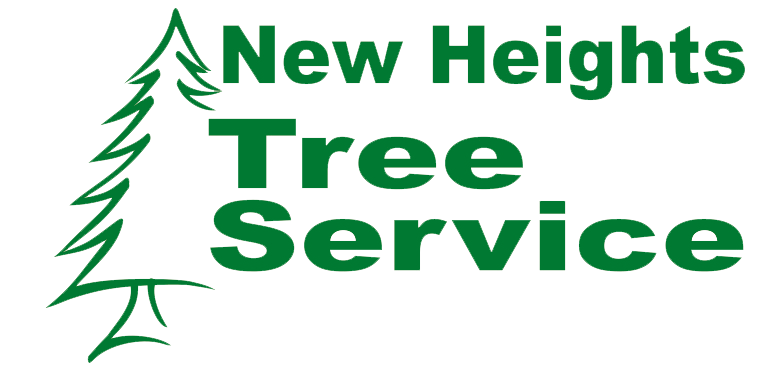If you suspect your tree might be a hazard, it’s critical to call New Heights Tree Service for a hazard tree risk assessment immediately to ensure the safety of both the people and property surrounding the tree.
Warning signs to look for vary and can include cracks, decay, V-shaped or co-dominant stems, cracked roots, oversized canopies, dead and hanging branches, excessive sap flow, nesting holes, bee hives, mushrooms, and insect damage. However, many of these warning signs can be missed or overlooked, so we recommend having any tree that has not received regular care and maintenance assessed.
After the initial assessment, our team can work on restoring your tree to optimal health and ensuring it is not creating a safety risk on your property. Corrections might include the removal of dead wood, cabling, or bracing the tree.
Most trees have dead wood at some point in their lifetime, but it is hazardous if you fail to remove this wood as it can spontaneously snap off the tree, hitting nearby people and items in its path. Additionally, improper removal of the dead wood can compromise the health of the tree.
Many trees, including those that have developed vertical splits or tree species with large open canopies, can benefit from the installation of cables and bracing rods to redistribute structural stress and reduce the likelihood of structural failure, ensuring a longer, healthier and safer lifespan for the tree.
